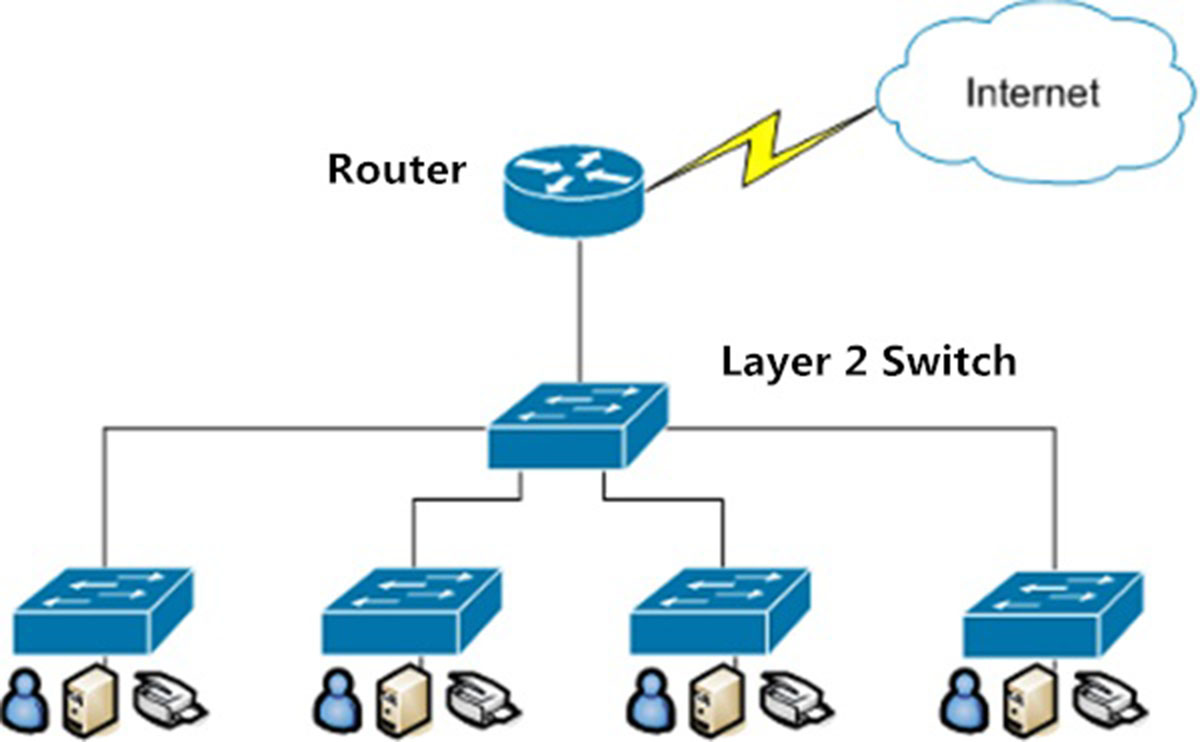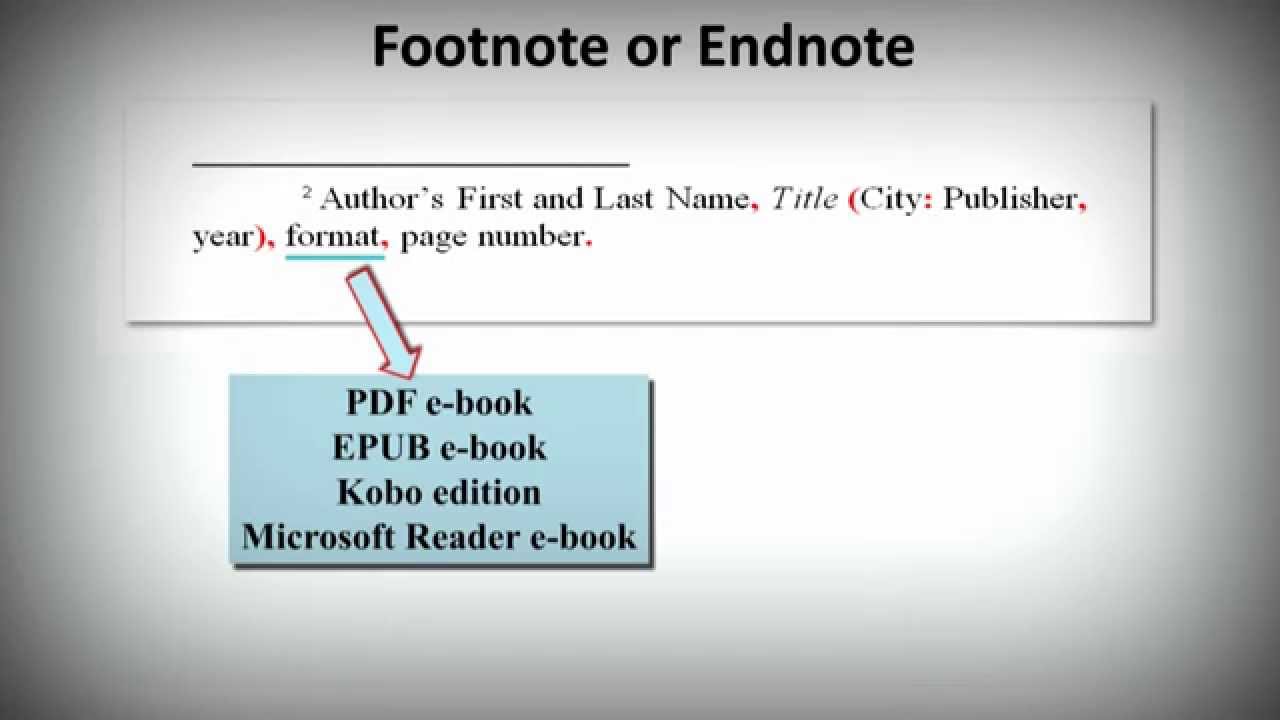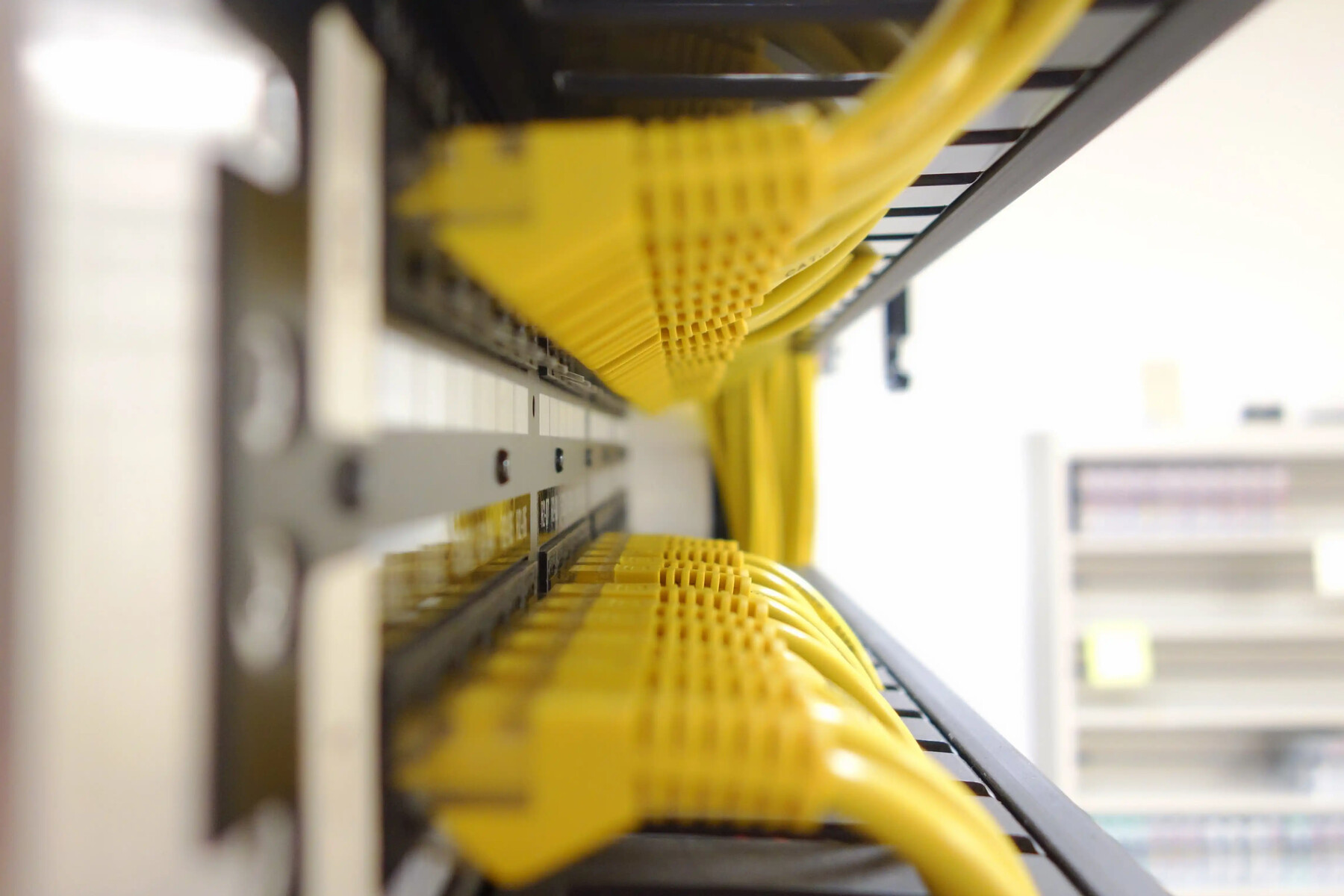Introduction
Imagine you’re sitting in a bustling office in Chicago, working on a crucial document on your computer. Suddenly, you receive a call from a colleague in Denver, urgently requesting a copy of that document. How does the document travel from your Chicago workstation to your colleague’s workstation in Denver? This is where OSI layers come into play.
OSI (Open Systems Interconnection) layers are a conceptual framework used in networking to understand and organize the flow of data from one device to another. The OSI model consists of seven layers, each responsible for specific functions during data transmission. These layers work together to establish a secure and reliable communication pathway between devices.
Understanding how the OSI layers operate is vital for professionals in the field of network engineering and serves as a foundation for troubleshooting and optimizing network performance. In this article, we’ll dive deeper into the world of OSI layers and explore their role in ensuring a document can seamlessly travel from your Chicago workstation to the destination workstation in Denver.
Throughout this article, we’ll explore each layer of the OSI model, starting from the bottom and working our way up. By the end, you’ll have a clear understanding of how information flows through the layers, resulting in successful data transmission.
Definition of OSI Layers
Before we delve into the details of how OSI layers facilitate the transmission of data, let’s first establish a clear understanding of what each layer represents.
1. Physical Layer: The Physical layer is responsible for the actual transmission of data over the physical medium. It deals with the electrical, mechanical, and procedural aspects of transmitting raw data between devices. This layer ensures that the data is in a form that can be transmitted across the network.
2. Data Link Layer: The Data Link layer is responsible for breaking data into frames and managing the physical transmission. It deals with error detection and correction and ensures that data transfer between adjacent nodes is error-free and reliable. Additionally, this layer handles the addressing of devices on the network.
3. Network Layer: The Network layer is responsible for the logical addressing and routing of data. It determines the most efficient path for data packets to travel from the source to the destination network. This layer adds routing information to the data, allowing it to be properly directed through the network infrastructure.
4. Transport Layer: The Transport layer ensures end-to-end communication between the source and destination hosts. It takes the data received from the higher layers and breaks it into smaller segments for transmission. This layer also provides error checking, flow control, and multiplexing/demultiplexing of data.
5. Session Layer: The Session layer establishes, maintains, and terminates communication sessions between applications on different devices. It manages the dialogue control, allowing multiple conversations or sessions to occur simultaneously without interfering with each other.
6. Presentation Layer: The Presentation layer is responsible for managing the presentation and formatting of data. It takes care of tasks such as data encryption, compression, and transformation. This layer ensures that the data is in a format that the application layer can interpret correctly.
7. Application Layer: The Application layer is the layer closest to the end-users. It provides network services directly to the user and serves as the interface for applications to access network services. This layer includes protocols such as HTTP, FTP, and SMTP.
By having a clear understanding of the functions of each OSI layer, we can now explore how they work together to facilitate the transmission of a document from a workstation in Chicago to a workstation in Denver.
OSI Layers in Action
Now that we have a solid understanding of the definitions of each OSI layer, let’s see how they work collaboratively to enable the transmission of a document from a Chicago workstation to a Denver workstation.
1. Physical Layer: At the physical layer, the document is converted into binary data and transmitted as electrical signals through the physical medium, such as Ethernet cables or Wi-Fi signals. The physical layer ensures that the data signals are sent and received accurately without distortion or noise.
2. Data Link Layer: Once the document is converted into binary data and transmitted physically, the data link layer comes into play. It takes the binary data and divides it into frames, ensuring proper synchronization and error checking using techniques like CRC (Cyclic Redundancy Check). The frames contain the source and destination addresses, which help identify the devices involved in the communication.
3. Network Layer: At the network layer, the data link layer frames are encapsulated into packets. The network layer determines the most efficient path for the packets to reach the destination by analyzing the available routes and considering factors like network congestion and reliability. The network layer adds logical addresses (IP addresses) to the packets, allowing routers to forward them to the appropriate destination network.
4. Transport Layer: Once the packets arrive at the transport layer, they are further divided into smaller segments to optimize their transmission. The transport layer adds sequence numbers and checksums to the segments for error detection and reassembles them at the destination. It ensures reliable and orderly delivery of the segments, regardless of the underlying network topology.
5. Session Layer: The session layer establishes a connection between the Chicago workstation and the Denver workstation. It manages the session by setting up, maintaining, and tearing down the communication channel. This layer ensures that both workstations are ready to exchange data and handles issues like session timeouts and reconnections.
6. Presentation Layer: The presentation layer is responsible for formatting and encrypting the document data. It ensures that the document is in a format that the application layer can interpret. Encryption techniques are used to secure the data during transmission, protecting it from unauthorized access.
7. Application Layer: Finally, at the application layer, the document data is received, decrypted (if encrypted), and presented to the user in a readable format. Here, applications like email clients or file transfer protocols handle the document transfer between the Chicago and Denver workstations.
By working together, the OSI layers provide a standardized framework for the document to travel seamlessly from the Chicago workstation to the Denver workstation, overcoming any challenges that may arise during the transmission process.
Layer 1: Physical Layer
The Physical Layer, the first layer of the OSI model, is responsible for the physical transmission of data between devices. This layer deals with the actual hardware components and physical connections that enable data transfer.
At the Physical Layer, the document is converted into binary data, consisting of 0s and 1s, which can be transmitted as electrical or optical signals. This data is then transmitted over a physical medium, such as Ethernet cables, fiber optic cables, or wireless signals.
In the case of our document traveling from the Chicago workstation to the Denver workstation, the Physical Layer comes into play when the binary data representing the document is converted into electrical signals. These electrical signals flow through the network cables, potentially undergoing amplification or modulation to maintain signal quality over long distances.
The Physical Layer also manages aspects such as voltage levels, signaling rates, and cable specifications. It ensures that the electrical or optical signals are transmitted accurately and reliably, without distortion or interference.
This layer also defines the physical characteristics of the network, including the physical connectors, pin assignments, and the transmission media used. For example, it specifies the type of Ethernet cable to be used, such as Cat5e or Cat6, and the connector type, such as RJ45.
Furthermore, the Physical Layer also governs the different networking standards and protocols used for physical transmission, such as Ethernet, Wi-Fi, or Bluetooth. These protocols define the rules for transferring data over the physical medium, including how data is encoded, how collisions are handled, and how devices negotiate communication parameters.
In summary, the Physical Layer plays a crucial role in the transmission of our document from the Chicago workstation to the Denver workstation. It ensures that the document data is converted into appropriate electrical or optical signals and transmitted over the physical medium following the specified networking standards and protocols. Without the Physical Layer, data transmission between devices would not be possible.
Layer 2: Data Link Layer
The Data Link Layer, the second layer of the OSI model, is responsible for the reliable and error-free transfer of data between directly connected devices. It works closely with the Physical Layer to ensure that data is transmitted accurately.
At the Data Link Layer, the document data is divided into smaller units called frames. These frames consist of a header, data, and a trailer. The header contains information such as the source and destination addresses, error detection codes, and control information. The trailer includes error detection or correction codes to ensure data integrity.
When our document is transmitted from the Chicago workstation, the Data Link Layer takes the data from the Physical Layer and encapsulates it into frames with the necessary control information. It ensures that the frames are properly formatted and structured for reliable transmission.
The Data Link Layer also performs error detection and correction to ensure the integrity of the data. Techniques such as Cyclic Redundancy Check (CRC) are used to detect any errors that may have occurred during transmission. If errors are detected, the Data Link Layer can request retransmission of the damaged frames.
Additionally, the Data Link Layer handles the addressing of devices on the same network. Each device connected to the network is assigned a unique Media Access Control (MAC) address. The Data Link Layer includes the source and destination MAC addresses in the frame headers, enabling devices to identify the intended recipient of the data.
When the frames reach the destination Denver workstation, the Data Link Layer at the receiving end checks for any errors and ensures that the frames are received in the correct order. It removes the headers and trailers, extracts the document data, and passes it to the next layer for further processing.
Overall, the Data Link Layer plays a crucial role in ensuring reliable, error-free transmission of our document. It divides the data into frames, adds necessary control information, performs error detection and correction, and manages device addressing. Without the Data Link Layer, data transmission between directly connected devices would be unreliable and prone to errors.
Layer 3: Network Layer
The Network Layer, the third layer of the OSI model, is responsible for the logical addressing and routing of data. It enables devices to communicate across different networks and determines the most efficient path for data packets to reach their destination.
When our document reaches the Network Layer, it is encapsulated into packets. Each packet contains the source and destination IP addresses, which are logical addresses assigned to devices on the network. These IP addresses enable routers to route the packets through the network infrastructure.
The Network Layer determines the optimal route for the packets to reach the destination. It uses routing algorithms and protocols, such as OSPF (Open Shortest Path First) or BGP (Border Gateway Protocol), to analyze network conditions and select the best path based on factors like network congestion, link reliability, and cost.
As the data packets travel from the Chicago workstation to the Denver workstation, routers at various network nodes examine the destination IP address of each packet and forward them towards the next hop on the selected path. The Network Layer adds routing headers and other necessary information to the packets to guide them through the network.
In addition to routing, the Network Layer also handles network fragmentation, which involves splitting large packets into smaller ones to accommodate different network technologies or to overcome a maximum packet size limit along the path.
Once the packets arrive at the destination network, the Network Layer assists in delivering them to the appropriate destination device. It removes the routing headers and forwards the packets to the next layer for further processing.
In summary, the Network Layer plays a crucial role in the successful transmission of our document across different networks. It ensures that the document is divided into packets with the proper addressing information and routes them through the network infrastructure, taking into account network conditions and optimizing the path. Without the Network Layer, communication between devices on different networks would not be possible.
Layer 4: Transport Layer
The Transport Layer, the fourth layer of the OSI model, is responsible for the reliable and orderly delivery of data between source and destination hosts. It ensures that data is transmitted accurately, regardless of the underlying network infrastructure.
At the Transport Layer, the document data is divided into smaller segments to optimize the transmission process. These segments are numbered and tagged with relevant information to allow for proper reassembly at the receiving end.
When the document segments are transmitted from the Chicago workstation, the Transport Layer adds sequence numbers to each segment. These sequence numbers allow the receiving host to rearrange the segments in the correct order, even if they arrive out of sequence.
The Transport Layer also performs error checking to ensure data integrity. It includes checksums, such as the Internet Checksum, in each segment. The receiving host can use these checksums to verify if any data corruption occurred during transmission.
Additionally, the Transport Layer provides mechanisms for flow control. It regulates the rate at which data is transmitted from the sender to the receiver, preventing the receiver from being overwhelmed with data. TCP (Transmission Control Protocol) is an example of a Transport Layer protocol that incorporates flow control.
If any segments are lost or damaged during transmission, the Transport Layer is responsible for requesting retransmission. It ensures that all segments are successfully delivered, without missing or corrupted data.
Once the segments arrive at the destination Denver workstation, the Transport Layer at the receiving end reassembles them back into the original document. It verifies the correctness of the segments using the sequence numbers and checksums. The Transport Layer passes the complete document to the next layer for further processing.
In summary, the Transport Layer plays a critical role in ensuring the reliable and orderly delivery of our document. It divides the data into segments, adds sequence numbers and checksums for error detection, and manages flow control and retransmission. Without the Transport Layer, data transmission between source and destination hosts would be unreliable and prone to errors.
Layer 5: Session Layer
The Session Layer, the fifth layer of the OSI model, establishes, maintains, and terminates communication sessions between applications on different devices. It manages the dialogue control, allowing multiple conversations or sessions to occur simultaneously without interfering with each other.
When our document reaches the Session Layer, it establishes a connection between the Chicago workstation and the Denver workstation. This connection is known as a session and ensures that both workstations are ready to exchange data.
The Session Layer handles session establishment by coordinating the handshake process between the two devices. This includes negotiating session parameters and synchronization points to ensure that the data is exchanged seamlessly.
During the session, the Session Layer manages the dialogue control between applications. It allows multiple applications on each device to send and receive data concurrently, without mixing or interrupting their respective sessions.
If interruptions or errors occur during the session, the Session Layer provides mechanisms for checkpoints and recovery. This allows for the resumption of interrupted sessions and ensures that data integrity is maintained.
Additionally, the Session Layer provides session termination when the communication between the applications on the Chicago and Denver workstations is complete. It coordinates the graceful termination of the session, ensuring that all data is transmitted and received before closing the connection.
Furthermore, the Session Layer ensures that sessions remain secure and authenticated. It can incorporate security measures such as encryption and authentication protocols to protect the integrity and confidentiality of the data being transmitted.
In essence, the Session Layer plays a critical role in maintaining the communication sessions between applications on different devices. It handles session establishment, dialogue control, error recovery, and session termination. Without the Session Layer, managing concurrent sessions and ensuring reliable data exchange would be challenging.
Layer 6: Presentation Layer
The Presentation Layer, the sixth layer of the OSI model, is responsible for managing the presentation and formatting of data. It ensures that the data is in a format that the application layer can interpret correctly.
When our document reaches the Presentation Layer, it undergoes various transformations and conversions to make it compatible with the receiving application. This layer takes care of tasks such as data encryption, compression, and the conversion of data into a standard format.
One of the key functions of the Presentation Layer is data encryption. It can encrypt the document data to protect it from unauthorized access during transmission. This layer uses encryption algorithms to scramble the data in a way that can only be deciphered by authorized recipients who possess the decryption keys.
In addition to encryption, the Presentation Layer can also handle data compression. It reduces the size of the document data by eliminating redundancies and applying compression algorithms. This helps optimize network bandwidth and improve transmission efficiency.
The Presentation Layer also ensures that data is presented in a consistent and compatible format. It takes care of data translation between different character sets and encoding schemes. For example, it can convert the document data from ASCII to Unicode to enable its interpretation by a receiving application that uses a different character set.
Furthermore, the Presentation Layer is responsible for data formatting and conversion. It can convert data into a format suitable for different applications, such as converting a document from a word processing format to a PDF format for easier sharing and viewing.
In summary, the Presentation Layer plays a crucial role in managing the presentation and formatting of our document data. It handles tasks such as encryption, compression, data translation, and formatting. Without the Presentation Layer, data compatibility and secure transmission would be challenging to achieve.
Layer 7: Application Layer
The Application Layer, the seventh and topmost layer of the OSI model, is the layer closest to the end-users. It provides network services directly to users and serves as the interface for applications to access network services.
At the Application Layer, various protocols and services enable users to access network resources and perform tasks such as file transfers, email communication, web browsing, and remote access.
When our document reaches the Application Layer, it is received by the application running on the Denver workstation, such as a web browser or email client. The Application Layer protocols, such as HTTP (Hypertext Transfer Protocol) for web browsing or SMTP (Simple Mail Transfer Protocol) for email communication, handle the specific requirements of the application.
The Application Layer provides a standardized set of protocols that define how applications communicate over a network. These protocols include HTTP, FTP (File Transfer Protocol), SMTP, POP (Post Office Protocol), and many others, each catering to specific services and applications.
Additionally, the Application Layer handles the interpretation of data received from the lower layers. It understands the specific format and structure of the data, allowing the application to process and display it correctly to the end-user.
The Application Layer also includes user authentication and authorization mechanisms, ensuring that only authorized users can access network resources. It handles the verification of user credentials and grants appropriate access permissions based on user privileges.
Furthermore, the Application Layer allows for the implementation of security measures to protect data and resources. It can incorporate encryption, digital signatures, and other security protocols to ensure confidential and secure transmission of sensitive information.
In summary, the Application Layer provides the interface between the network services and end-users. It enables applications to access network resources, handles data interpretation, and ensures security and user authentication. Without the Application Layer, users would not be able to interact with the network and access the services it offers.
Conclusion
The OSI layers, from the Physical Layer to the Application Layer, form the backbone of network communication, allowing data to flow seamlessly and reliably from one device to another. Each layer serves a specific purpose and works collaboratively with the other layers to ensure the successful transmission of information.
At the Physical Layer, the document data is converted into electrical or optical signals and transmitted over the physical medium. The Data Link Layer breaks the data into frames, adds necessary control information, and manages device addressing. The Network Layer determines the best path for data packets to reach their destination across different networks. The Transport Layer ensures reliable and error-free delivery of data segments. The Session Layer establishes and manages communication sessions between applications. The Presentation Layer handles data formatting, encryption, and compression. Lastly, the Application Layer provides network services directly to users and serves as the interface for applications.
Together, these OSI layers ensure that our document can travel from a Chicago workstation to a Denver workstation, overcoming challenges such as physical transmission, error detection and correction, routing, session management, data presentation, and application interaction. Without the well-defined functions and cooperation of these layers, reliable communication between devices would not be possible.
Understanding the OSI layers is crucial for network engineers and professionals as it helps in troubleshooting network issues, optimizing network performance, and ensuring secure transmission of data. By comprehending the role of each layer, network professionals can design, implement, and maintain efficient and robust networks.
In conclusion, the OSI layers serve as a fundamental framework for network communication, enabling the seamless transfer of data between devices. Each layer has its unique responsibilities that contribute to the overall success of data transmission. By working together, these layers ensure that our document can traverse the network, reaching its destination efficiently and securely.

























